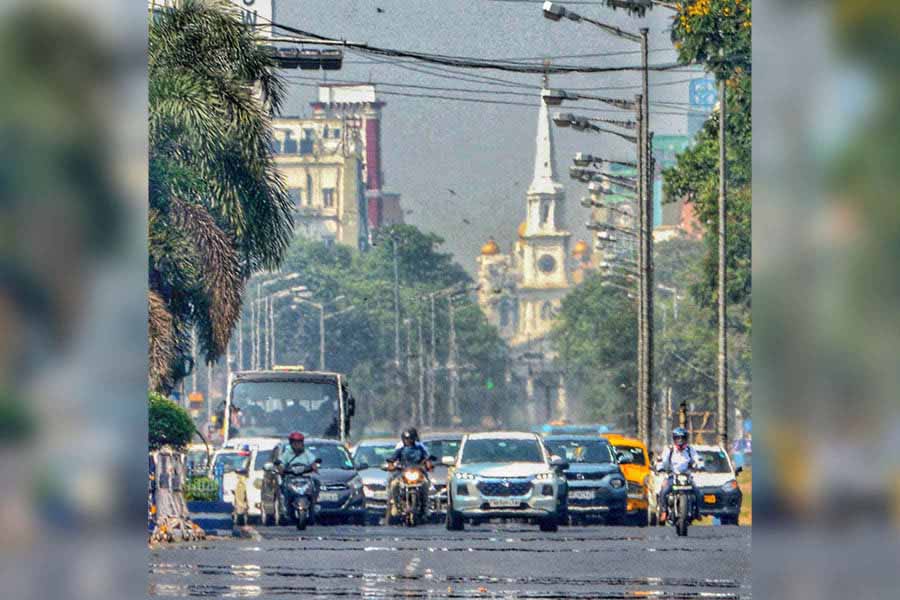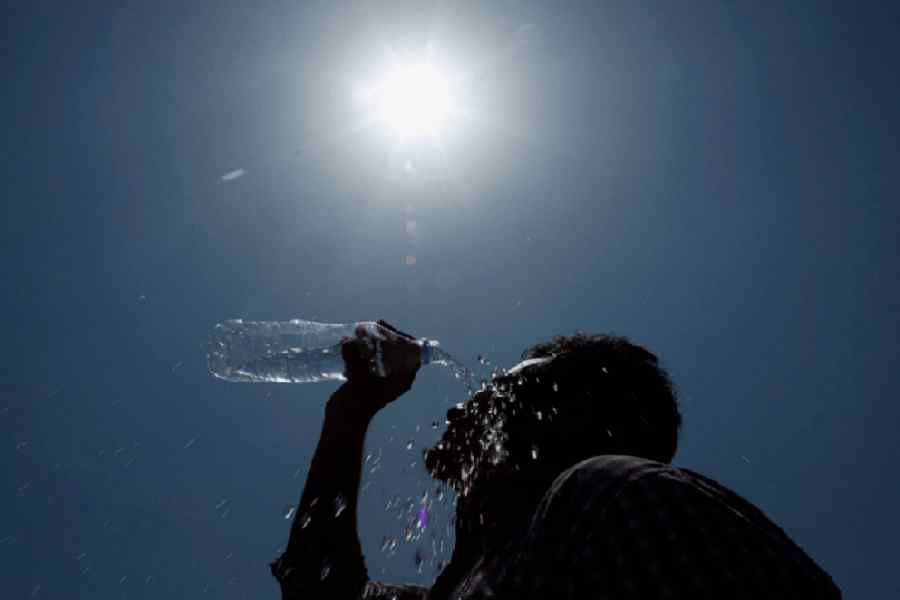The worst-kept secret is out with a recently released global study confirming that climate change was the chief culprit behind the record-shattering heatwave conditions experienced in several parts of Asia, including Kolkata, in April.
The report states that “…India’s Kolkata grappled with its lengthiest April heat wave on record (and) India Meteorological Department has issued a code red warning for excessive heat in Kolkata and its surrounding regions until May 2, as temperatures soared to as high as 46°C, marking a departure of 5 to 10°C above the seasonal average”.
Kolkata experienced the hottest April in 50 years on record globally as well as among several south Asian countries and the 11th consecutive month in a row that the hottest month record was broken, confirms the report.
The study, a rapid attribution analysis by an international team of 13 leading climate scientists from the World Weather Attribution Group, shows that global warming catered by climate change and El Nino phenomenon worked in tandem to push the temperature soaring to record proportions and heat waves happening almost throughout the month in Asia, including India, during April 2024.
El Nino is a global weather condition linked to a warming of the ocean surface or above-average sea surface temperatures, in the central and eastern tropical Pacific Ocean.
“Overall, climate change made this year’s heatwave 1°C hotter, while El Niño made the heatwave a further 0.2°C hotter … in South Asia, similar 30-day heatwaves (as found in 2024) can be expected to occur about once every 30 years. However, they have already become about 45 times more likely … due to climate change, according to historical weather data,” reads the report, a copy of which is with The Plurals.
Climate change was responsible for more than 80 per cent – 1 degree C out of 1.2 total rises - of the temperature rise, according to the report.
Millions suffer as heatwaves get 5 times more likely
“In today’s climate, with 1.2°C of warming, similar heatwaves are expected to occur about once every 10 years,” says the study, pointing out that climate change made the heatwaves about five times more likely and 1.7°C hotter.
“Extreme temperatures above 40°C that impacted billions of people across Asia in April were made hotter and more likely by human-caused climate change”, states the study highlighting how heatwaves intensified by climate change has exacerbated already precarious conditions faced by internally displaced people, migrants and those in refugee camps and conflict zones across West Asia, including Gaza, where extreme heat worsened the living conditions of 1.7 million displaced people.
“We find that the 2024 April mean temperature over South Asia is a 1-in-30-year event in the current climate … The synthesis of the observations reveals a strong climate change signal,” points out the report.
Friederike Otto, senior lecturer in Climate Science at Grantham Institute- Climate Change and the Environment, Imperial College London, said: “From Gaza to Delhi to Manila, people suffered and died when April temperatures soared in Asia. Heatwaves have always happened but the additional heat, driven by emissions from oil, gas and coal, is resulting in death for many people”
East and Northeast table topper on temperature rise
Eastern and northeastern India have warmed up the most, especially in context to average and minimum temperature, compared to other parts of India, and reached record proportions during last April; a senior scientist of Indian meteorological department (IMD) told this reporter recently.
“In east and north east India, the April 2024 average for minimum temperature was 22.19 degree Celsius and that for mean temperature was 28.12ºC; both being temperature toppers since 1901, the time since when IMD kept regular records,” O.P. Sreejith, head of climate monitoring and prediction in IMD, Pune, said, adding that “the eastern and north-eastern region warmed most compared to normal values; followed by southern Indian states”.
The scientist added that the average maximum temperature last April was 34.05 degrees Celsius, overall 9th hottest in the past 124 years.
Scientists pointed out that like the rest of the world, global warming coupled with the El Nino phenomenon contributed to this record rise of Celsius in the region but there are other factors as well.
“El Nino, with its tendency to disrupt weather patterns worldwide, might well have contributed to the region’s heatwave. However, it should not be seen as the sole culprit as human-induced climate change amplifies the intensity and frequency of such extreme weather events,” said Anjal Prakash, a professor in Indian School of Business and also an author of UN climate report.


